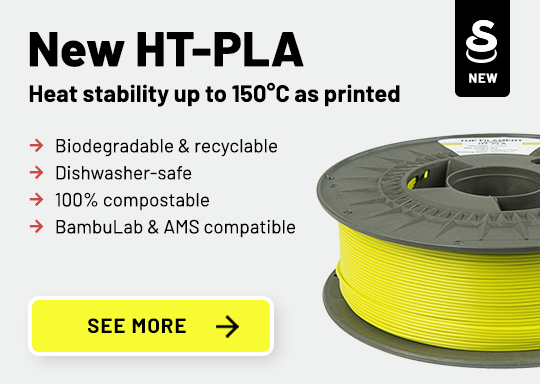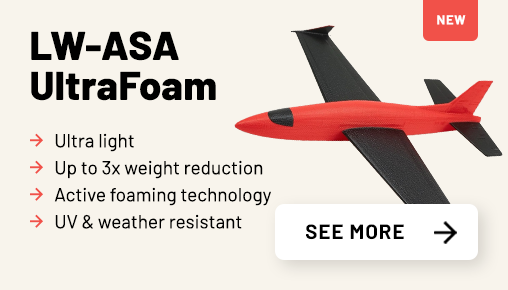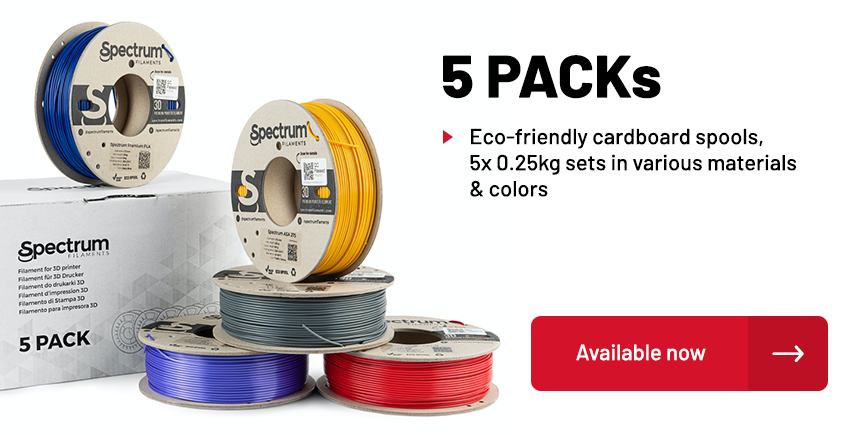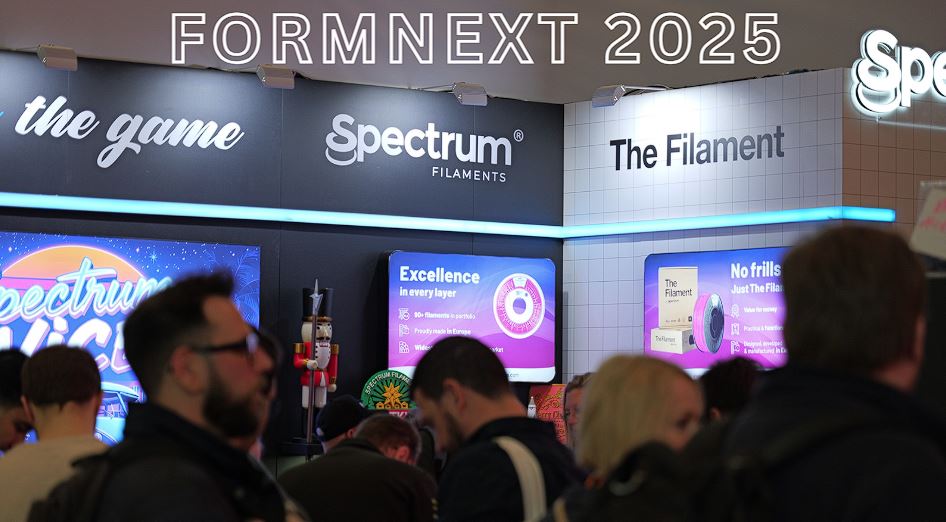
Popular filaments
Knowledge Base View all


How to Prevent Warping and Poor Bed Adhesion in 3D Printing

Spectrum PLA Premium vs THE FILAMENT PLA: Which One Should You Choose?

Best Filaments for Functional 3D Printed Parts
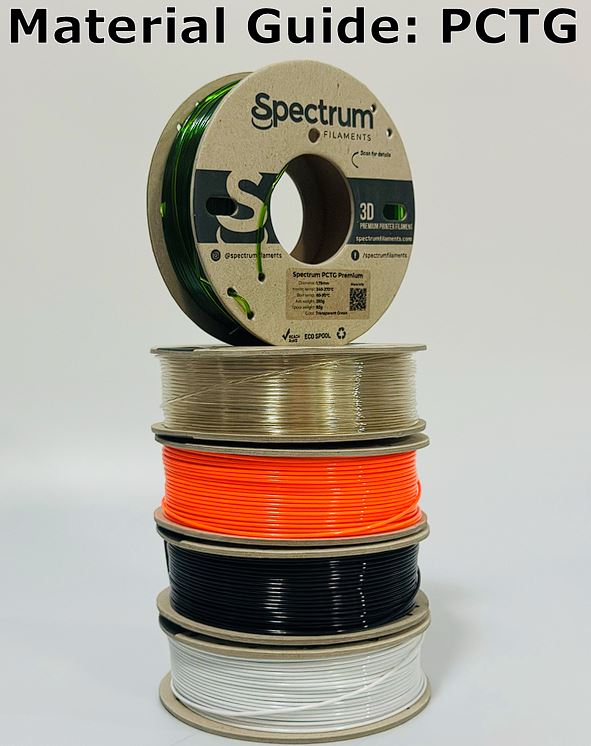
Material Guide: PCTG

PET-G vs PETG CF – what does carbon fiber add?

PLA, PET-G, ASA – what’s the difference and which one to choose?
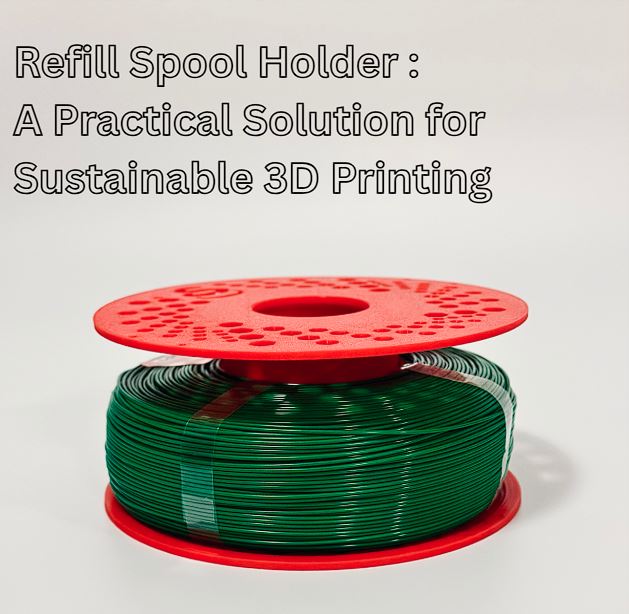
Refill Spool Holder: A Practical Solution for Sustainable 3D Printing

Material Guide : HT-PLA

3D Printed Modular Hexagon: The Ultimate Pen Organizer & Multipurpose Container

3D printing filament manufacturer
Spectrum Group Sp. z o.o. is a Polish company founded in 2015, focused on 3D printing technology, open to new ideas and ready to meet customer expectations while offering the manufacturing capabilities of one of the largest filament producers in Europe.
We are a manufacturer and supplier of high-quality filament for 3D printers operating in FFF/FDM technology. Continuous innovation, expertise in extrusion, and top-quality filaments are the pillars of Spectrum’s philosophy. Our dynamic team is constantly working on the development of new materials and applications to help customers maximize the efficiency of their 3D printers and stay competitive.
One of our key principles is an individual approach and customer satisfaction. We are ready to tackle even the most complex projects with dedication and expertise.
